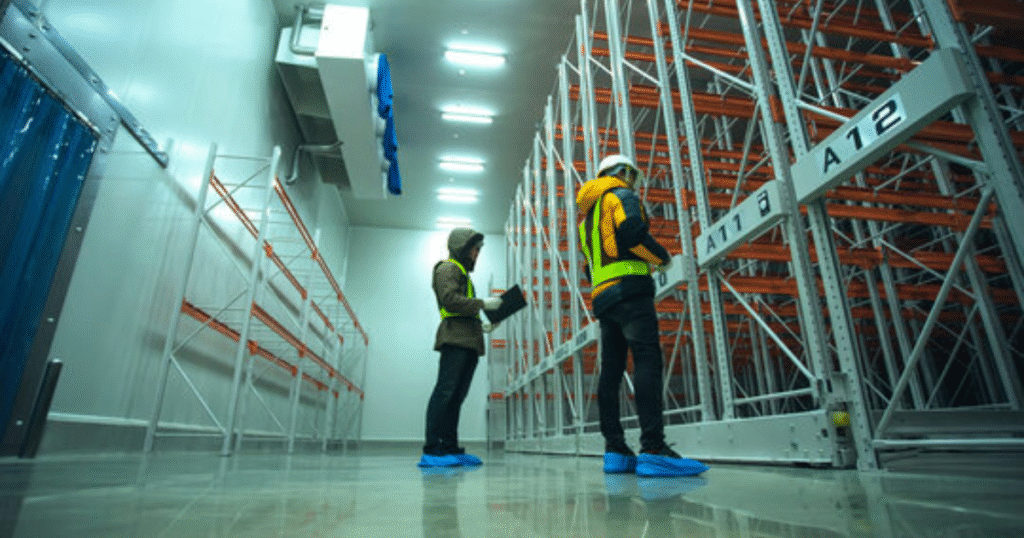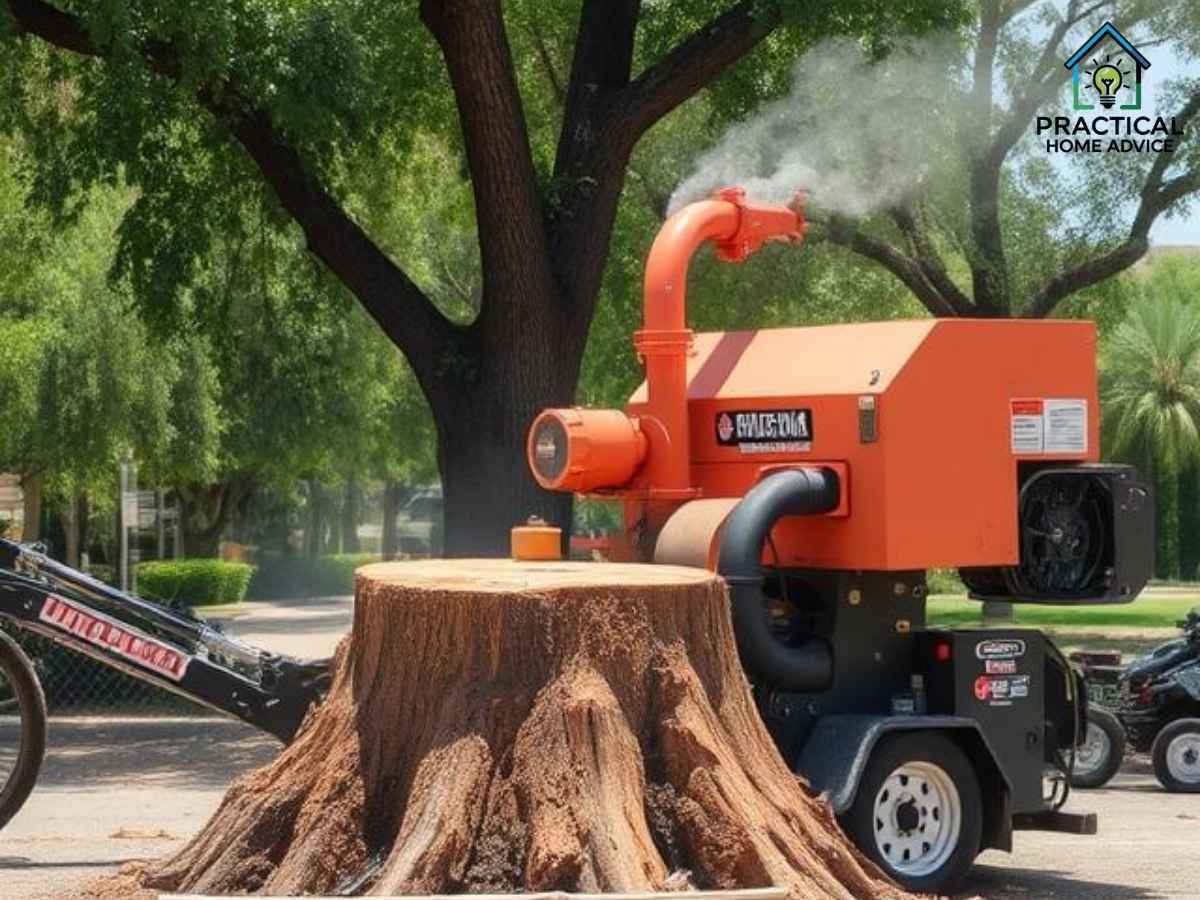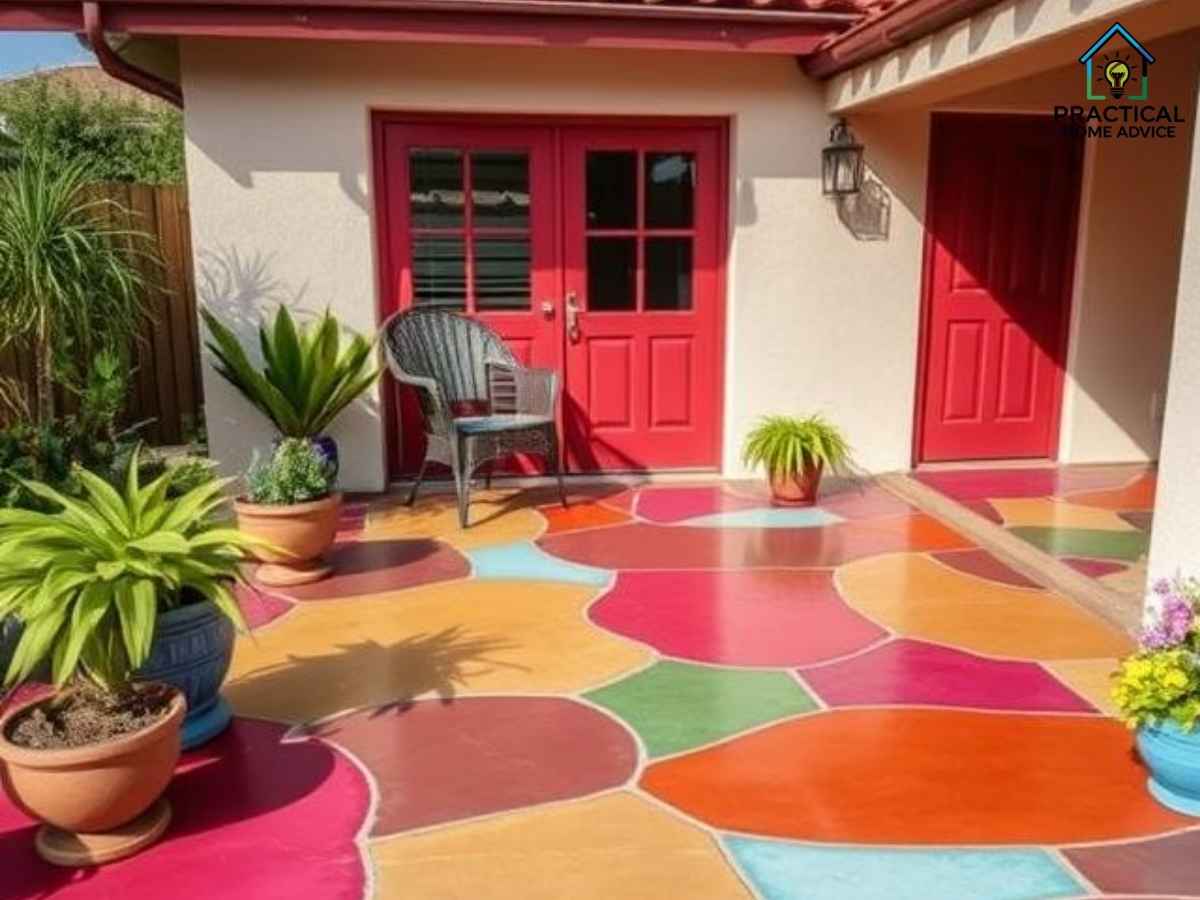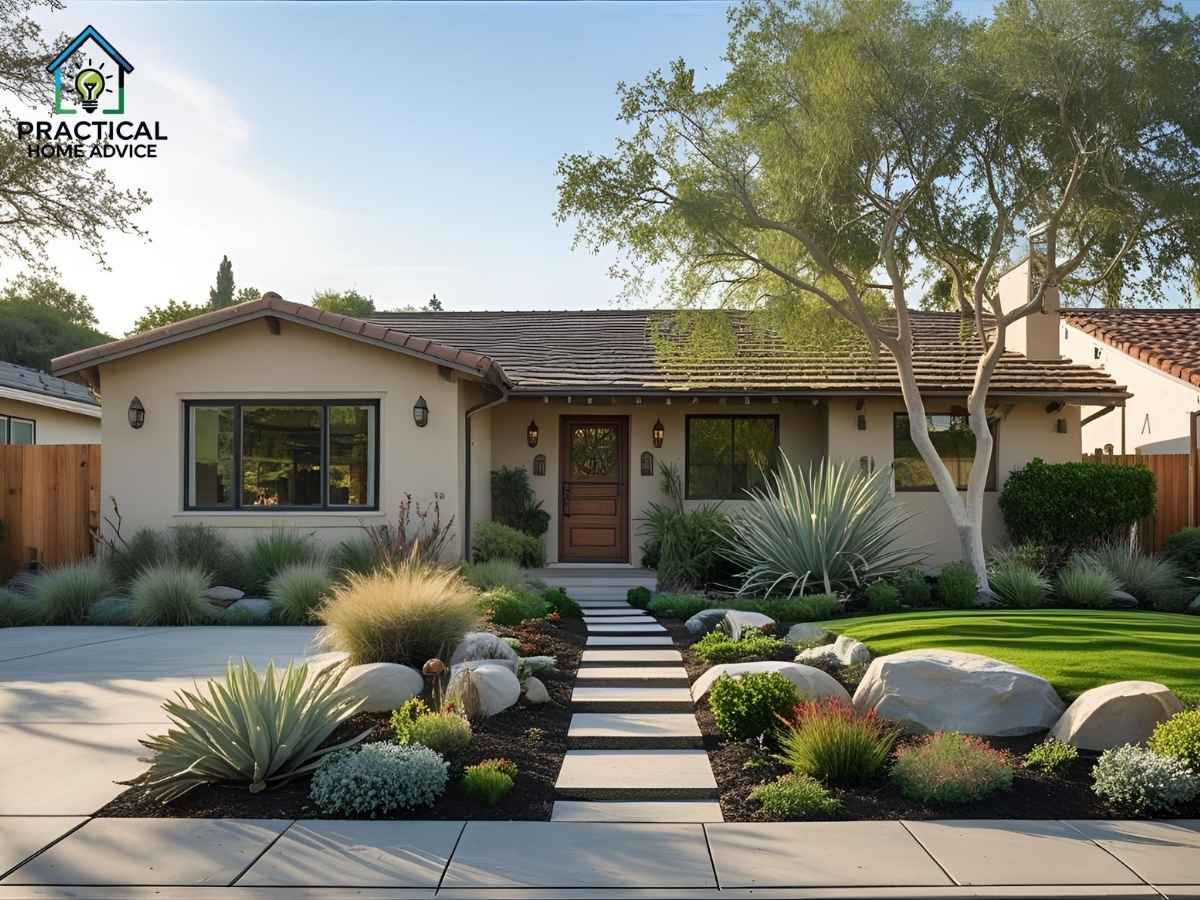In the heart of Vernon’s manufacturing corridor, dawn light filters through steel rafters as shift workers unload pallets of goods. A sudden scurry of mice near a loading dock rattles metal containers and sets off alarms in quality control. For Los Angeles industrial warehouses—from the ports of San Pedro (90731) to the Inland Empire border at City of Industry (91746)—rodent intruders threaten inventory, employee health, and operational continuity. An effective warehouse rodent control program Los Angeles industrial will keep your facility secure year-round and compliant with city and county regulations.
Table of Contents
Industrial Rodent Challenges in Los Angeles

Los Angeles’s mild winters and hot summers create ideal conditions for rodents. Average temperatures range from 55°F in January to 85°F in July, with humidity spikes during coastal fog season. That climate, combined with 1,200+ warehouses in ZIP codes 90021, 90023, and 90058, means pests can breed in hidden voids, feed on spilled packaging materials, and infiltrate climate-controlled storage lines.
Local Hotspots and Vulnerabilities
Along Alameda Street in the Arts District (90021), a concentration of food packaging plants sees elevated rodent activity near unloading bays. In Vernon (90058), older brick warehouses lack sealed entry points around overhead doors. The Port of Los Angeles warehouses in San Pedro often contend with dockside refuse that draws rats. Meanwhile, the City of Industry’s distribution centers around Azusa Canyon Road (91746) require constant vigilance during summer harvests when spilled cartons of dried fruit attract mice.
Designing a Comprehensive Control Program
A successful warehouse rodent control program Los Angeles industrial blends prevention, monitoring, and rapid response.
- Facility Assessment and Exclusion
Certified technicians survey perimeter walls, roofing seams, dock seals, and utility penetrations. In Vernon’s Pacoima channel warehouses (91331), sealing gaps larger than ¼ inch with rodent-proof metal mesh and heavy gauge silicone removes common entry points. - Sanitation and Housekeeping
Spilled grain near pallet racking in San Pedro’s storage yards must be cleaned within 24 hours. Installing raised storage platforms and scheduling daily sweeping routines near receiving docks prevents crumb build-up that fuels infestations. - Monitoring and Trapping Stations
Strategically placing tamper-resistant bait stations along baseboards and under conveyor lines in City of Industry facilities ensures continuous surveillance. Technicians log trap activity weekly using digital tracking apps, alerting managers to population trends before numbers explode. - Rodenticide and Integrated Techniques
When necessary, environmentally balanced rodenticides are deployed by licensed applicators in tamper-proof stations. In Santa Fe Springs (90670), ultrasonic deterrents augment baiting to create a multi-modal deflection shield. - Ongoing Maintenance and Reporting
Detailed monthly reports, including capture counts, station checks, and exclusion repairs, keep facilities in compliance with LA County Department of Public Health standards and insurance underwriter requirements.
Neighborhood Case Studies
1. Arts District Packaging Plant (90021)
A food distribution warehouse near Traction Avenue faced repeated rat sightings in its dry-goods bay. After retrofitting concrete perimeter walls with rodent mesh and relocating on-floor trash cans into sealed containers, sightings dropped 90% within eight weeks. Daily monitoring logs showed zero captures after three months, enabling the plant to pass its health department audit without violations.
2. San Pedro Port Warehouse (90731)
A logistics center handling imported seafood experienced rodent droppings near pallet stacks. Technicians implemented rodent exclusion around dock doors and replaced damaged door seals. Coupled with sealed bait stations and nightly inspections, the warehouse recorded a 100% reduction in active rodent signs within six weeks. Employee feedback praised the new sanitation protocols, which also reduced slip-and-fall risks from debris.
3. City of Industry Cold Storage (91746)
A temperature-controlled facility struggled with mice entering through foundation vents to nest in insulation. After installing rodent-proof vent covers and rerouting external drain lines, the infestation was contained. Integrated trapping plus weekly technician visits led to zero sightings over a four-month cold season. Insurance premiums dropped as the facility maintained spotless pest logs.
Top 3 Los Angeles Industrial Rodent Control Providers
- LA Industrial Pest Solutions
Serving Vernon, City of Industry, and DTLA, they specialize in large-scale rodent exclusion and digital monitoring. Their online client portal offers real-time station data. Visit www.lainpest.com or call (323) 555-7744. - Harborview Pest Management
Focused on San Pedro and Wilmington ports, they offer 24/7 emergency response and UL-rated bait station installations. Learn more at www.harborviewpm.com or dial (310) 555-2201. - Metro Industrial Exterminators
Covering the entire LA Basin, they provide customized GMP-compliant programs, staff training, and annual audits. Details at www.metroindustrial.com or (800) 555-9963.
Local Tools and Resources
Los Angeles warehouse managers can leverage these authoritative resources:
- LA County Department of Public Health – Environmental Health Division: http://publichealth.lacounty.gov/eh
- City of Los Angeles Industrial Wastewater Permit: https://www.lacitysan.org/industrialpermit
- Southern California Industrial Association (SCIA): https://www.scia.org/
These links offer guidance on sanitation standards, wastewater management, and industry best practices.
Inline “People Also Ask” Answers
What is the best rodent trap for warehouses?
Snap traps are cheap but require daily checks. Tamper-resistant bait stations with block bait are preferred for continuous, secure monitoring in LA industrial settings.
How often should rodent stations be checked?
Weekly inspections keep logs current and catch infestations early. High-risk zones near docks may require twice-weekly visits
Can ultrasonic devices replace baiting?
Ultrasonic deterrents work as a supplement but not a standalone solution. Combining exclusion, sanitation, and baiting is most effective.
FAQ
How long does it take to see results from a rodent control program?
Most warehouses note significant reduction within 6–8 weeks after exclusion and sanitation steps are in place.
Are rodent control chemicals safe around food packaging?
Licensed applicators use EPA-approved baits in tamper-resistant stations, ensuring zero contamination risk when placed outside direct packaging zones.
Do I need a permit for rodenticide use in Los Angeles?
Commercial facilities must use licensed pest control operators under California structural pest control regulations—no separate local permit is required for typical programs.
What temperature range do rodents prefer?
Mice and rats thrive between 60°F and 80°F, making year-round climate control in LA warehouses attractive nesting conditions.
Can I schedule control visits outside business hours?
Yes—most industrial pest providers offer 24/7 services to minimize operational disruptions.
Securing your industrial warehouse against rodents is not a one-time fix but a continuous commitment. Implementing a structured warehouse rodent control program Los Angeles industrial ensures your stock stays intact, your employees stay safe, and your operations run smoothly. Contact LA Industrial Pest Solutions, Harborview Pest Management, or Metro Industrial Exterminators today to craft a tailored plan for your facility.


